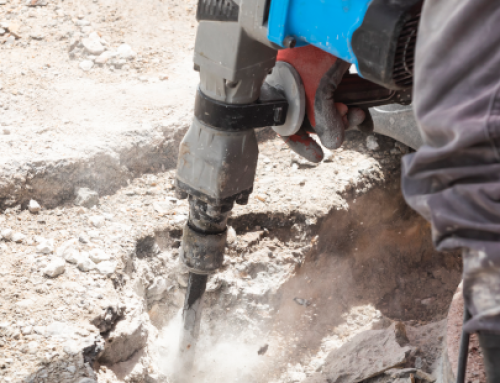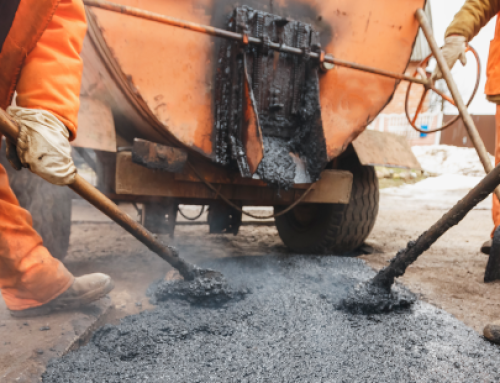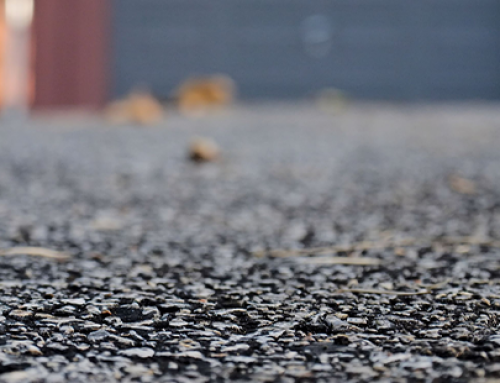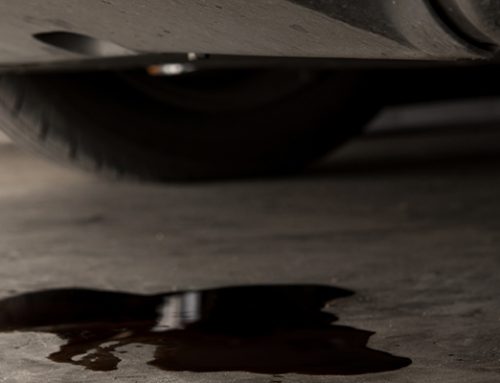You probably chose to use asphalt because it’s durable, smooth, quiet, and is the most versatile pavement material. Even though asphalt pavements can be designed to handle any kind of load, from heavy trucks to passenger cars, they still withstand a lot of wear and tear.
Regular maintenance will help your asphalt last longer. When asphalt driveways, parking lots, trails, and roads are maintained properly, they have a lifespan of 15-20 years. If they’re not properly maintained, the surface can start to visibly deteriorate in 3-5 years.
What causes pavement damage?
Several things can cause damage to your asphalt, including your location, water intrusion, expansion and contraction from seasonal temperature changes, sun exposure, and stress from heavy vehicles. It’s essential to keep up with regular maintenance so you can recognize and address problems early. You’ll save both time and money if you act quickly and get them repaired right away.
Let’s take a closer look at the 5 main types of asphalt damage:
1. Cracking
Most pavement issues are due to asphalt cracking. Severe weather and climate conditions, heavy traffic loads, drainage problems, and poor-quality materials can cause asphalt to crack.
You must identify cracks properly if you notice them on your asphalt surfaces. There are several types of asphalt cracks, and each one is caused by something different. You can prevent further deterioration if you get asphalt cracks repaired quickly.
Here are some of the most common types of asphalt cracking, why they occur, and how they can be repaired:
Alligator Cracks
The most prevalent type of asphalt crack is alligator cracks, also known as fatigue cracks. They consist of a large number of small cracks that look like the skin of an alligator. Alligator cracks suggest a flaw in the design or installation of the asphalt surface, poor drainage combined with temperature fluctuations, or chronic excessive loads.
Since this type of cracking is the result of structural flaws in every layer of the asphalt, a full-depth patch is needed to repair it. The patch will strengthen and restore the integrity of the surface and prevent future cracking in that area.
Edge Cracks
Edge cracks run length-wise and travel one or two feet inside the pavement surface. Common causes of edge cracks are the absence of pavement edge support, improper drainage, heavy traffic, the settling of underlying materials, and soil drying. Nearby trees and shrubs can also be responsible for edge cracks.
You can avoid edge cracking by clearing and removing any plants near the edge of the pavement. Repair any drainage problems that may exist. Crack filling, or crack sealing and reconstructing the area to solve any support issues will help prevent more damage.
Transverse Cracks
Cracks that run perpendicular to the centerline of the asphalt pavement are called transverse cracks. They are caused by the shrinking of asphalt layers, extreme temperature shifts, and poor construction.
You can seal less-severe cracks with a sealant to prevent moisture from seeping into the subgrade. For more severe cracks, the cracked layer of pavement needs to be removed or replaced with an overlay.
Linear Cracks
Linear cracks are also known as longitudinal cracks. These are long vertical cracks that run parallel to the centerline of the pavement. Linear cracks are most often caused by pavement fatigue but can also be related to asphalt shrinkage, wear and tear, and weak points in pavement joints.
Linear cracks can be sealed if they measure half an inch or less. Sealing will prevent moisture from entering the subgrade and causing more problems. However, if the cracks are severe, the cracked layer must be removed and replaced with an overlay.
Block Cracks
Block cracks look like large interconnected squares or rectangles. Block cracking is generally caused by asphalt shrinkage due to an inability of asphalt binder to expand and contract with temperature cycles. Heavy loads and traffic don’t cause this kind of crack.
Early detection is vital because small cracks can be sealed. Once the cracks become severe, you’ll have to remove the cracked pavement layer and replace it with an overlay.
2. Potholes
Unfortunately, most of us are all too familiar with potholes! So, what causes them? Potholes are the result of prolonged water intrusion from existing cracks on the surface. When alligator cracks aren’t treated, water begins to erode the asphalt surface down to the subbase.
When alligator cracking becomes severe, the interconnected cracks form small chunks of pavement. Those pavement chunks come loose as vehicles drive over them. The hole left after the pavement chunk is dislodged is known as a pothole. A full-depth replacement patch can be applied to the pothole surface, but since the subbase has been destroyed, the area will continue to compact.
3. Depressions
Depressions are also called birdbaths, and they are very noticeable when they fill with water after it rains. Depressions are pavement surfaces that have a slightly lower elevation than the surrounding pavement.
Less severe depressions can be repaired by applying a thin surface patch. If the depression is severe, the asphalt may have to be removed and replaced.
4. Rutting
Ruts are the indentations in asphalt pavements along the wheel path of cars and trucks. Rutting is caused by the compression of the surface layers, insufficient pavement thickness, weak asphalt mixes, moisture infiltration, or lack of compaction during installation. Heavy traffic aggravates the issue.
If rutting is minor, the indentations can be filled and overlaid. For severe cases, the rutted area should be removed and replaced.
5. Raveling
The disintegration of an asphalt surface is known as raveling. It occurs when the aggregate materials (crushed stone, sand, and gravel) dislodge. Raveling makes the road surface rough, reduces skid resistance, and exposes the underlying layers to even more deterioration. Another result of raveling is loose gravel, which can be hazardous to your vehicle.
Raveling mainly affects the surface of the asphalt, so it can usually be repaired with an overlay.
Asphalt pavements provide incredible value. They are long-lasting, have excellent ride quality, and are quick and economical to construct. However, damage can still occur. That’s why it’s essential to keep up with proper maintenance like crack and asphalt sealing to prevent cracks from forming or spreading. Early detection is the best prevention!
Contact us today if you notice any of these issues in your asphalt. When you hire Premium Asphalt Paving & Sealcoating, you’ll be working with a close-knit, family owned business. As a local owner-operated business, our level of customer service and one-on-one attention is unmatched! We offer a free on-site consultation, so we can identify the problem and work with you to find a solution.








